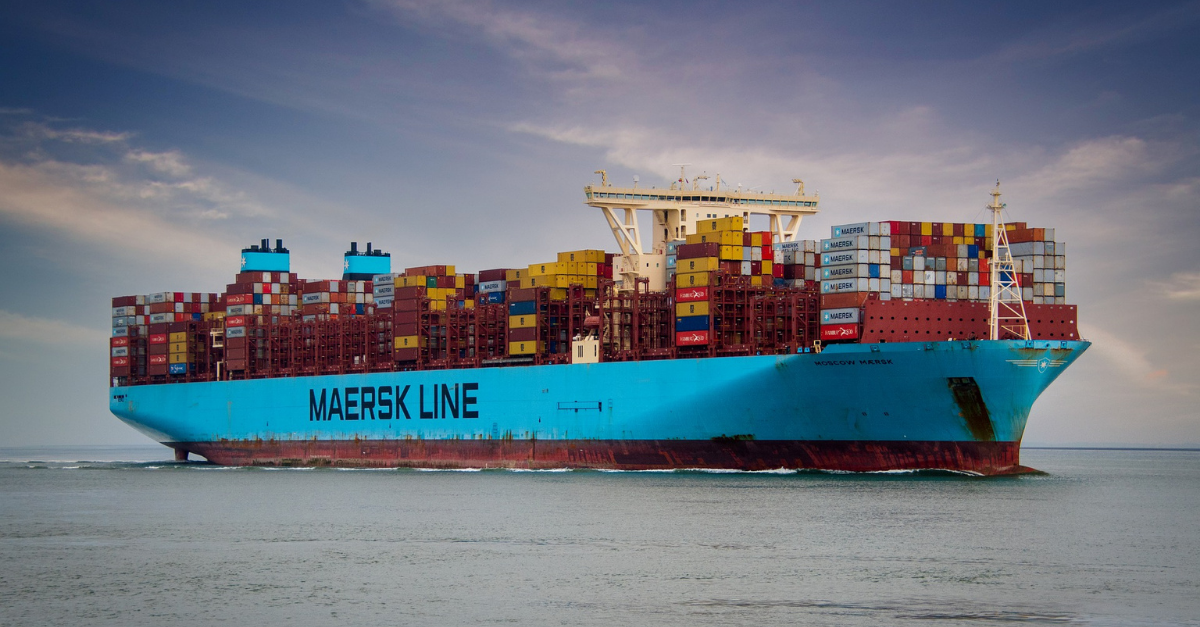The pandemic has catalyzed an imbalance of demand and broken shipping networks. This imbalance, in turn, places the global supply chain in an unprecedented crisis.
The current upheaval causes significant inequalities between different parties in the supply chain and teaches us some important lessons for the future.
A perfect storm
The past two years have been a perfect storm for the global supply chain. Several issues instigated a crisis never seen before. Some of those incidents are:
- Increases in consumer demand
- A shortage of shipping supply and available containers
- COVID lockdowns around Asia
- Increasing fuel prices
- Inland limitations
- Unprecedented global port congestions
A small group of shipping companies controls most of the global shipping capacity, and those businesses have experienced all-time high operating margins in 2021.
Imbalance of Power
The current crisis has unveiled the imbalance of power between parties in the supply chain, where a “take it or leave it” environment was created. A small group of shipping companies controls most of the global shipping capacity, and those businesses have experienced all-time high operating margins in 2021. Next to standard shipping cost increases, emergency surcharges and port surcharges are also passed on to the shipper.
These increasing shipping costs can be either passed on to the consumer or to the supplier. In the current landscape, some bigger retailers have refused to do the former, resulting in many suppliers having to bear the cost on their own, seriously affecting their cash flow and bottom line.
It should be one where costs and risks are distributed equally, and some expenses are passed on to the end-user throughout the supply chain.
The Way Forward Is To Reach a More Sustainable Supply Chain for All Parties Involved
A fairer collaboration between different parties in the supply chain seems desirable. It should be one where costs and risks are distributed equally, and some expenses are passed on to the end-user throughout the supply chain.
To a certain extent, this is already happening, resulting in increased worldwide inflation, although the increased sales prices are not yet rewarding the ones who bear the higher costs. It seems that the stakeholders who have the power to change the current dynamics do not have a direct incentive to do so.
Though consumer spending and behavior are leading causes, brands and suppliers can work together to inform the consumer.
On the other hand, some argue consumer demand for products simply needs to decrease to end the supply chain crisis. The current consumer spending shift to services like dining and travel could ease pressure and offer some room for recovery.
Though consumer spending and behavior are leading causes, brands and suppliers can work together to inform the consumer. In the end, these same consumer traits can dictate the sustainability of the whole supply chain to a great extent.




